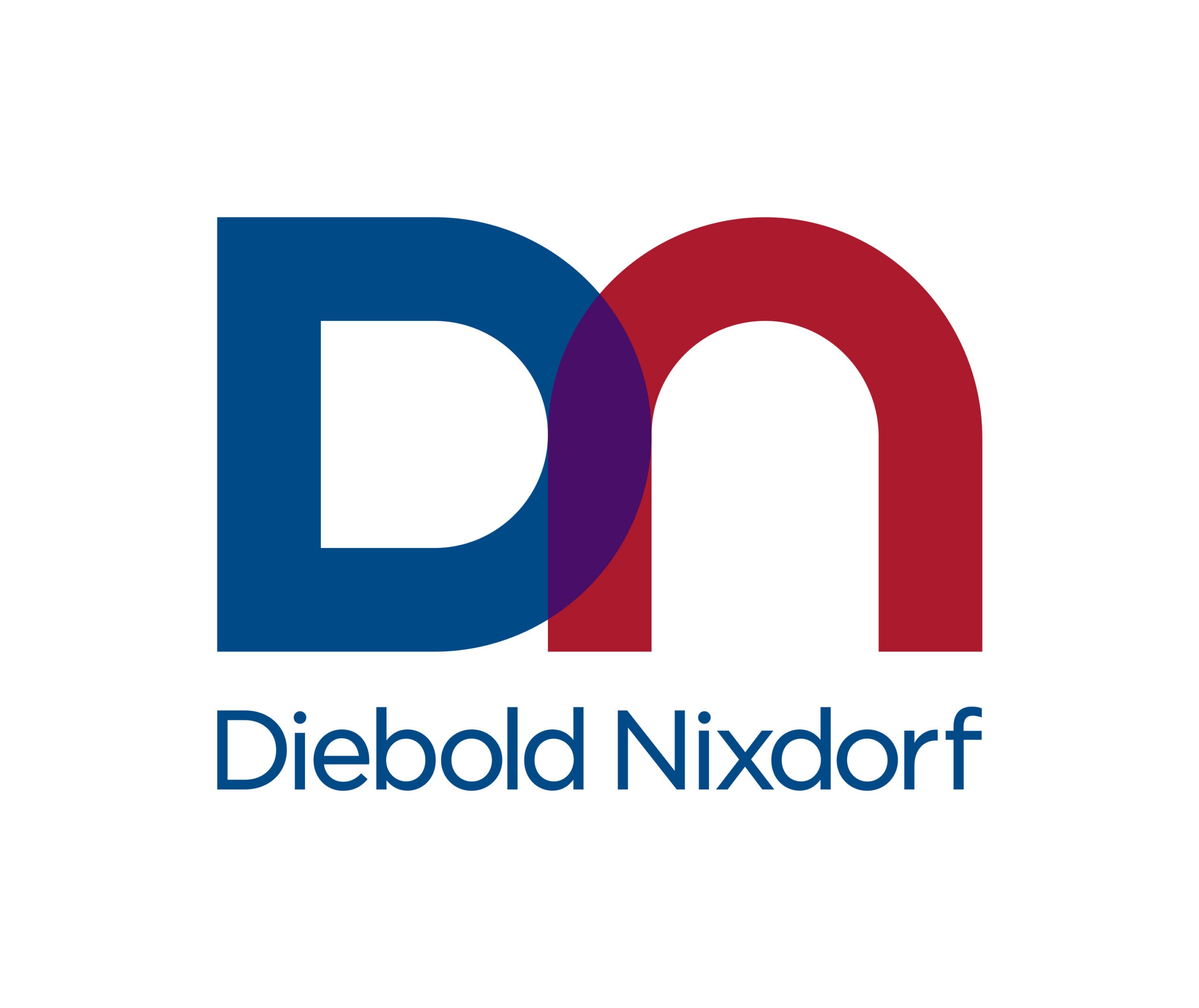
Digital transformation is top of mind for financial institutions (FIs) of all stripes, yet many are cautious when initiating such projects and unsure where to begin, due to the inherent risk associated with modernising legacy systems.
This is especially true when it comes to modernising payments systems. Today’s consumer wants to not only pay using traditional card-based methods but also with the vast array of digital payments available as well as new innovations, such as buy now pay later (BNPL).
How financial institutions can successfully modernise their payments systems was the focus of discussion at Diebold Nixdorf’s Intersect conference in Las Vegas on August 29–31. The annual conference returned after a two-year hiatus brought on by the COVID-19 pandemic.
We sat with Michael Engel, Managing Director & VP Payments for Diebold Nixdorf, and Sarah Grotta, Director of Debit and Alternative Products Advisory Service for Mercator Advisory Group, and discussed what was shared.
Overcoming fear of change
The biggest reason financial institutions delay modernising their payments systems is the potential risk and fear of something going wrong. Engel noted the adage, “No one ever got fired for buying IBM,” and said many bank and credit union executives hesitate to move from systems that work fine, even if the systems are decades old.
“Banks do understand that they need to future-proof,” he added. “But change is always associated with risk. Many feel comfortable with their legacy systems, and it feels safer to do nothing than to take a risk.”
Still, he noted that there are risks involved in simply staying the course. For one, financial institutions that do so can’t offer their customers access to the latest innovative digital products and services. Being able to do so is a matter of staying competitive.
“FinTechs will come in and provide these services and win customers if banks don’t change,” Engel said.
He added that the siloed legacy systems many financial institutions have in place are saddled with technical debt and are increasingly time-consuming to keep running smoothly.
Grotta agreed that many financial institutions are now reaching a tipping point when it comes to modernising systems.
“I talk to a lot of banks about modernisation, and to date, it’s mostly been a lot of talk, but we are now reaching the point where they are talking about when and where and how to modernise.”
During Grotta’s State of the Union: US Payments presentation , she noted three fundamental shifts that are affecting the payments landscape and forcing modernisation: behaviour changes caused by the pandemic, the infusion of FinTechs and younger demographics driving alternative payment types. “Financial institutions are directly affected as 80% of their monthly interactions with customers are payments related.”
Taking a step-by-step approach
Helping financial institutions answer questions of when, how and where to modernise was a major focus of the Intersect conference. Engel noted that for many institutions, getting started is the biggest hurdle; they simply don’t know where to begin.
The conference also featured an in-depth workshop on how banks and credit unions can take a phased, step-by-step approach to modernising systems. Presentations explored the risk associated with changing systems and shared best practices from real-life implementations and what worked and what didn’t. A key discussion involved participants utilising a DN provided workbook to take inventory on the potential challenges that may arise throughout the project and how to make plans for dealing with them.
“A systems migration should not be rushed into, and no detail should be overlooked because it can create a burden at the end,” Engel said. “You should spend more time on analysis and planning at the beginning.”
However, Engel added that taking a measured approach does not necessarily mean that it will take a long time to roll out the new technology.
“It may sound contradictory, but if you keep that steady pace in a risk-minimised environment you can actually deliver new products faster than with any big bang approach,” he advised. “The key is to deliver value during each phase as it becomes available in this cloud-based native environment and ready to be consumed by consumers.”
Grotta agreed, noting that “the big bang approach is fraught with risks,” and a phased approach is easier to sell to internal stakeholders.
“The idea of a methodical and phased approach has got to be music to any bank executive’s ears,” she said.
Ultimately, no matter where any financial institution stands in its own modernisation journey, it can benefit from DN’s workbook and one of its workshops. Download “Payments Modernization Hands-on Workbook” below or visit Diebold Nixdorf – Vynamic® Payments.


